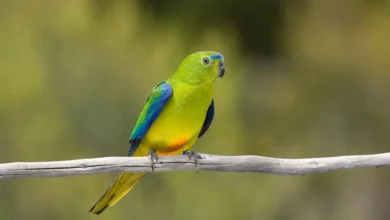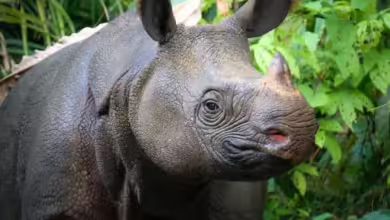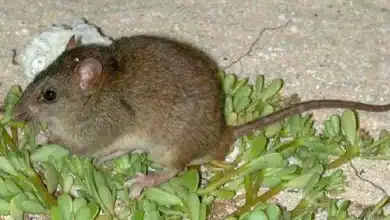The Bear Facts: Fall food supply looks good for Yellowstone grizzlies . . . while panda reproduction no longer requires sex. Plus, an update on Yellowstone wolves from Ralph Maughan . . .
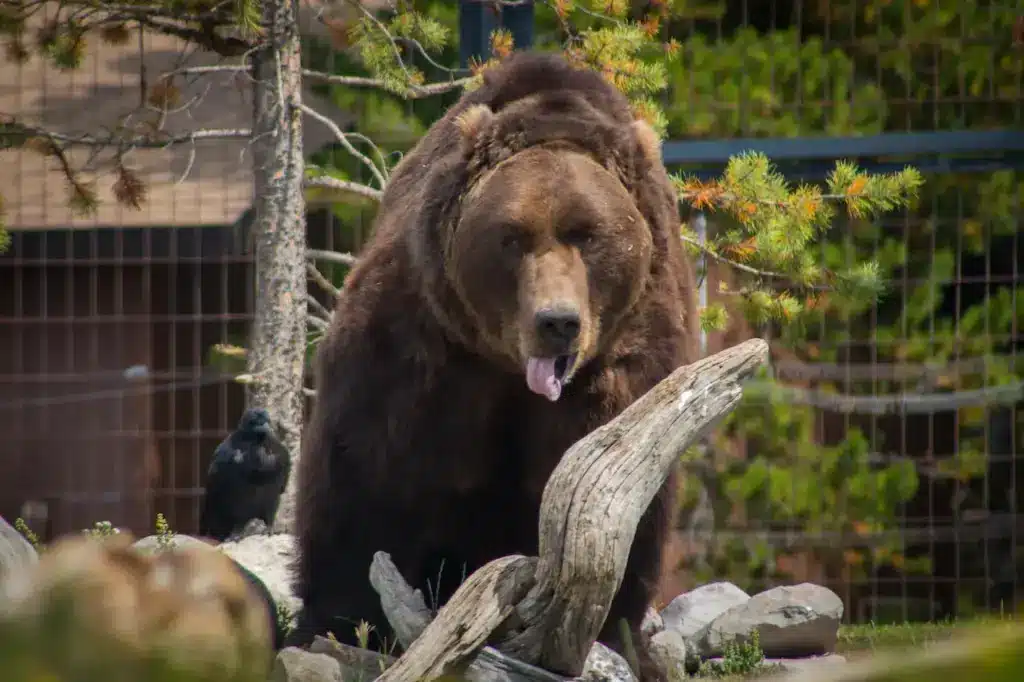
Today’s Top 10 Endangered Species News
Ralph Maughan reports on his excellent Yellowstone-area wildlife website, Ralph Maughan’s Wildlife News, that there’s going to be a bumper crop of Wyoming white-bark pine cones this fall–which means that Yellowstone-area grizzly bears can look forward to some fine, protein-rich dining later this year. The nutritious cones, which grow at high altitudes, not only help grizzlies to fatten up to survive their long winter’s hibernation, but during autumn when the cone crop is good, grizzlies have fewer confrontations with armed humans hunting in the valleys.
Grizzlies are omnivorous, which means they eat a wide variety of plant and animal foods, and pine cones are not the only snack that draws them up to the higher slopes of the Yellowstone and Grand Teton areas. In August, for instance, many of them will gather above the timberline to feast on swarms of army cutworm moths. It’s been estimated that during the height of the cutworm-moth season, a grizzly will eat up to 40,000 of the insects per day.
For decades, the grizzly occupied a prominent spot on many conservation organizations’ top ten endangered animals lists. But in a controversial 2007 decision, the federal government ruled that the Yellowstone-area grizzly population, which had grown from around 140 individuals in 1975 to more than 500 in 2006, no longer warranted listing as endangered or threatened under the Endangered Species Act (ESA). The number of grizzlies in the Yellowstone area have been growing by between 4 and 7 per cent per year.
Maughan’s site also has the most recent federal update on the gray wolf’s current status in the northern Rockies. The wolf, like the region’s grizzly, was a long-time top 10 endangered species for many conservationists, and was recently dropped from Endangered Species Act protection throughout most of the northern Rockies. However, wolf advocates are currently battling in court to have that decision reversed.
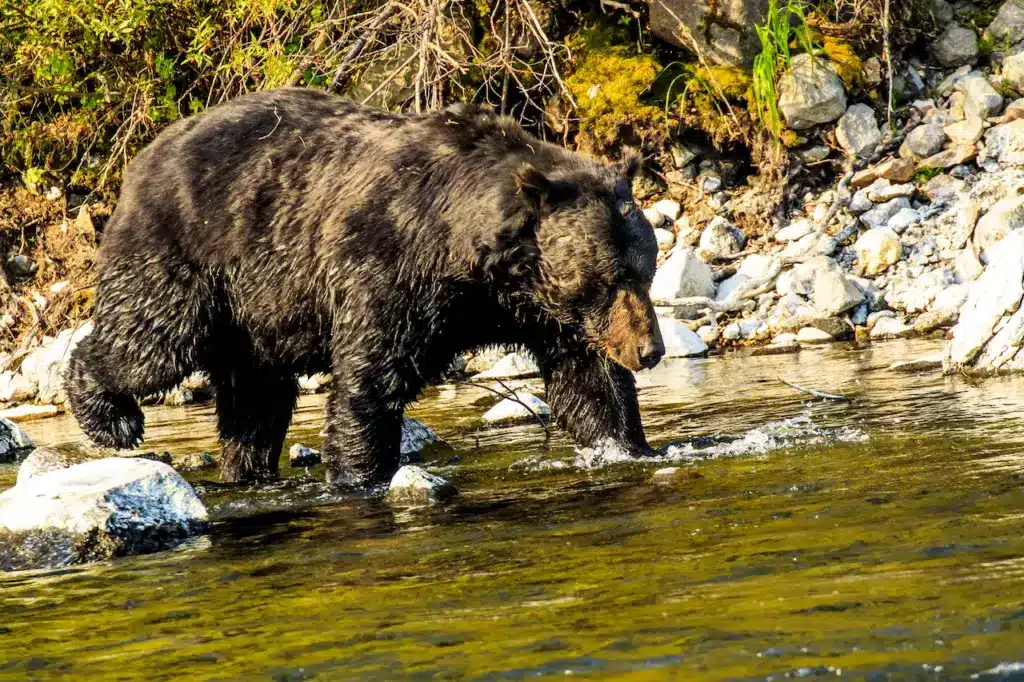
Gray wolves, which had been completely exterminated from Montana, Idaho and Wyoming by the 1930’s, numbered more than 1,600 in the northern Rockies in 2008. Wolf recover in the region is considered to be one of the great success stories of the ESA.
And lastly . . . those pandas–a creature with a top 10 endangered species status undisputed by virtually everyone. Chinese wildlife authorities announced Saturday the first birth of a panda conceived using frozen sperm, an advancement which will greatly assist in maintaining genetic diversity among the popular but rare creatures. Because pandas–and the males in particular–are notoriously shy about breeding naturally in captivity, zoo staff have been creating them for years using artificial insemination. But until recently the technique only worked with fresh sperm, and therefore required the male and female to be at the same breeding facility, if not in the same bedding area.
Now that frozen sperm is feasible, however, panda propagators will be able to ship vials of sperm, rather than potentially paternal pandas, from zoo to zoo around the globe–and that opens up an entire world of genetic mixing and matching for the captive panda population, which currently numbers in the low hundreds, with perhaps 2,000 remaining in the wild in China.
—Paul Guernsey
